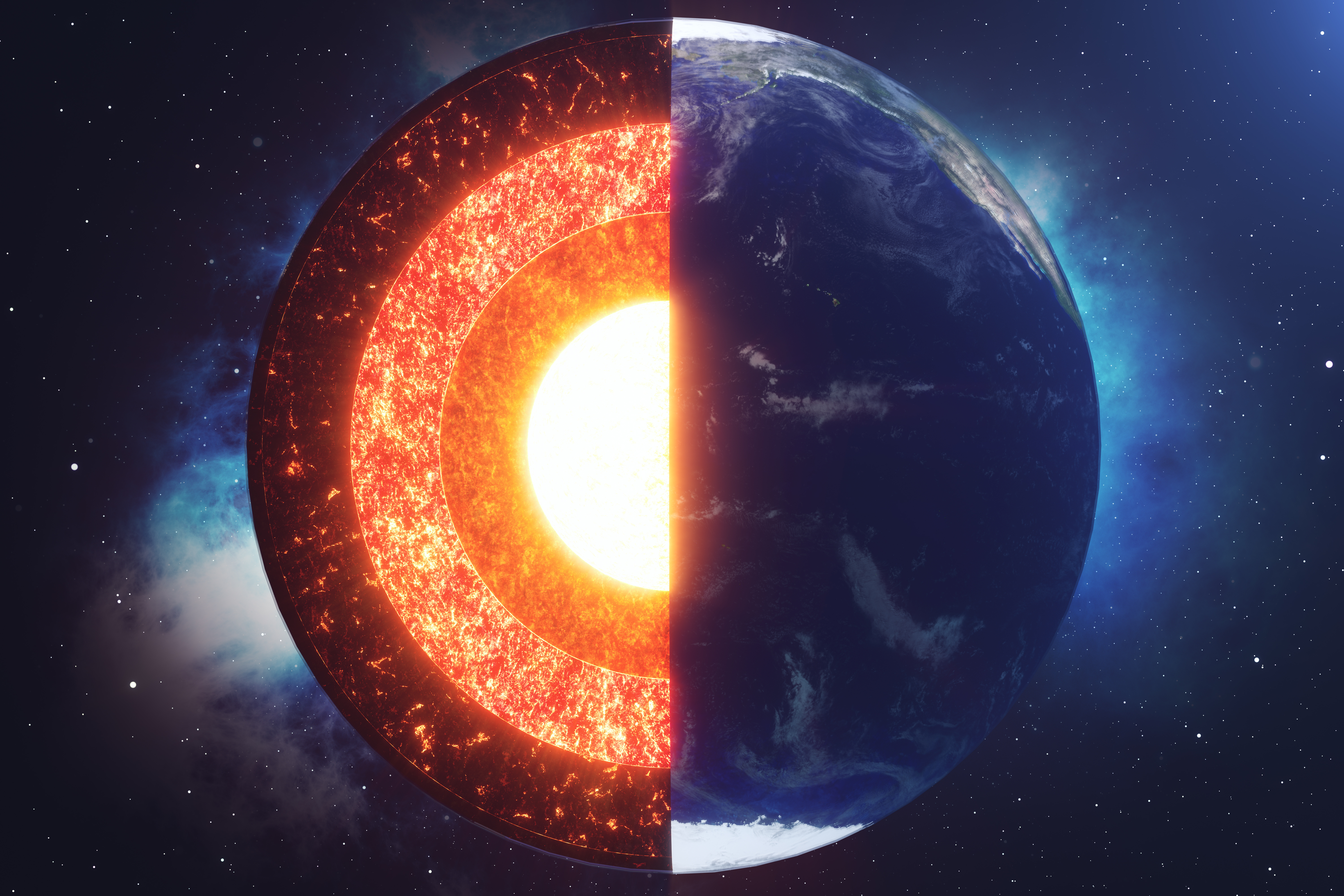It’s easy to look at Earth’s Inner core and imagine the texture of that solid iron ball as smooth and round. However, new research published this month in the journal Nature could prove otherwise. While many have believed that the Earth’s inner core is made up of layers, it has often been illustrated as a metal pinball of iron and other metals. According to this research, though, it has several grooves along it.
So why haven’t we found proof of these grooves before now? According to the new paper, it’s probably because the slight differences in the seismic waves traveling from the inner core and back can’t be measured by a single instrument. Instead, the researchers had to rely on a network of 20 different seismometer arrays, which were situated all around the globe.
This allowed the researchers to detect very tiny signals from underground nuclear explosions, which gave them a way to measure the grooves that are now believed to appear in Earth’s inner core, giving it a strange texture that isn’t quite smooth or even. Similar experiments in the past which sought to map the inner core only relied on one seismometer or focused on limited patches of the core.

The signal that comes back from the inner core is exceptionally tiny, the researchers note. This is why they wanted to have so many seismometers to focus in on each individual signal as it came back. These “baby echoes,” as they referred to them, are very hard to see in traditional seismic data. So you really have to focus on them to see anything.
The data that they captured using the new setup showed that Earth’s inner core is riddled with wrinkles and undulations that are less than 10 kilometers across. This discovery shows that the inner core’s texture is far from even and that it isn’t anywhere near being smooth.
Further, the data showed that these irregularities became even more pronounced toward the center, and the seismic waves continued to scatter further once they passed between 500 to 800 kilometers below the boundary between the outer and inner cores. This finding suggests that the core experienced a period of rapid growth, the researchers explain in their paper. It’s likely that happened just before the core began to harden into the lump that we know it is today.
The texture that the researchers believe they have discovered may have been caused later, when some liquid iron trapped at the deepest depths finally began to freeze and harden.








